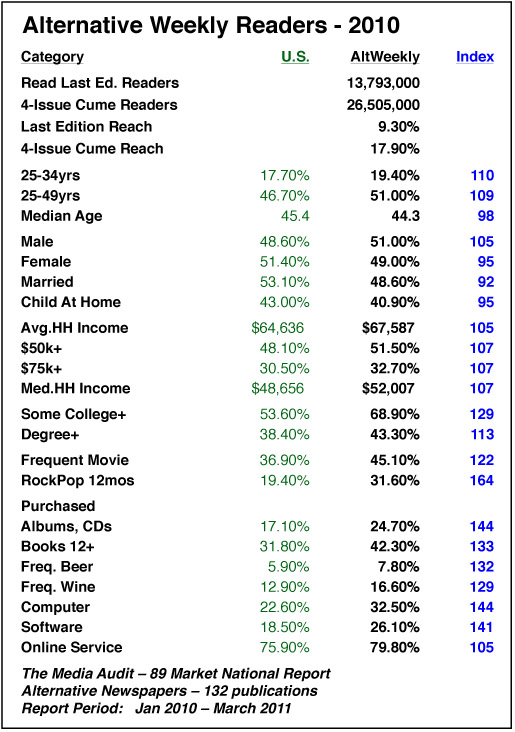By Mark Hanzlik, AWN Executive Director
Just five pages into the massive (132-page) report released by The Columbia School of Journalism Tuesday, you can quickly see there isn’t a cheerful ending to the story. If you haven’t noticed how chaotic and confusing the media business and journalism itself has become over the past few years, you must not have clicked on a web browser in a while. The Tow Center for Journalism report (available as a PDF document here) titled The Story So Far: What We Know About the Business of Digital Journalism focuses primarily on the economics of news organizations—large and small in the digital world. What’s occurring in the digital world can no longer simply be deemed an economic distraction for most media companies, it’s about dealing with the fundamental changes to the media business.
 In the report (the second released by this group), the authors pose a number of questions, many of which will not come as a surprise, but mostly you’ll come away with the feeling that no one really has discovered real solutions, sticky enough to lay a foundation for a solid future. They offer eight recommendations (listed in the release story posted here) which include some obvious points and some hard lessons that have yet to be learned by the Media. By reading this report, you’ll begin to understand some of the fundamental differences between traditional or “legacy” media models and some of the new alternative models which have already redefined terms like aggregation and hyperlocal.
In the report (the second released by this group), the authors pose a number of questions, many of which will not come as a surprise, but mostly you’ll come away with the feeling that no one really has discovered real solutions, sticky enough to lay a foundation for a solid future. They offer eight recommendations (listed in the release story posted here) which include some obvious points and some hard lessons that have yet to be learned by the Media. By reading this report, you’ll begin to understand some of the fundamental differences between traditional or “legacy” media models and some of the new alternative models which have already redefined terms like aggregation and hyperlocal.
For some of us in the business who have had our eyes on the prize and feet on the ground for some time, I say, it’s about time someone rounded up all of these bits and pieces and created a meaningful discussion that doesn’t carry favor toward any single idea or industry. The discussion here should appeal to a wide range of readers; media professionals, and anyone who wonders why their newspaper has shrunken in size and content, or has difficulty discerning between paid advertising and content on the flat screen in front of them.
The authors clearly support journalism in a general sense but have difficulty defining “digital journalism” and the elusive nature of the new world order that is driven by technological advances in communication that can easily outstrip mature media models. Thanks to these same advances, we’re now living in a experimental world. Our favorite media outlets will need to experiment in order to survive.
As you might have guessed, you can already read a number of observations of this new report throughout the web, some are reviews, some are news reports, and others are opinions. Besides, the source site mentioned earlier in this post, one blog post Future of Media: Lots of Questions, But No Easy Answers from Mathew Ingram on Gigaom.com may be worth another click.



 In the report (the second released by this group), the authors pose a number of questions, many of which will not come as a surprise, but mostly you’ll come away with the feeling that no one really has discovered real solutions, sticky enough to lay a foundation for a solid future. They offer eight recommendations (
In the report (the second released by this group), the authors pose a number of questions, many of which will not come as a surprise, but mostly you’ll come away with the feeling that no one really has discovered real solutions, sticky enough to lay a foundation for a solid future. They offer eight recommendations (